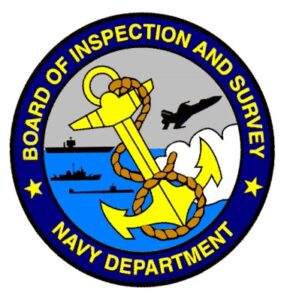
U.S. Navy ship overall material conditions have had a negative trend for the last three years, driven by lower readiness scores in surface ships and submarines, the Board of Inspection and Survey (INSURV) said in its 2020 annual report. INSURV conducts acceptance trials to independently verify the readiness of ships before they joint the fleet as well as periodic inspections of current ships to make sure they are in proper working condition. According to the board's newest report, published March…

 By
By 











